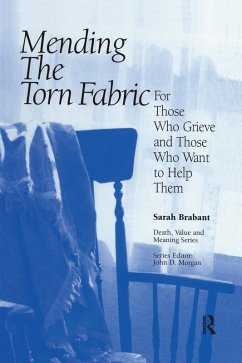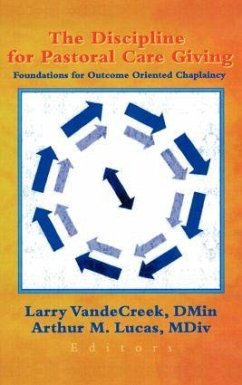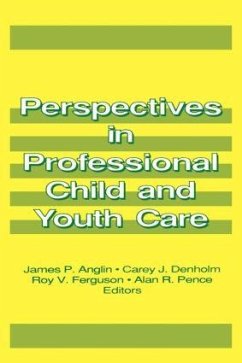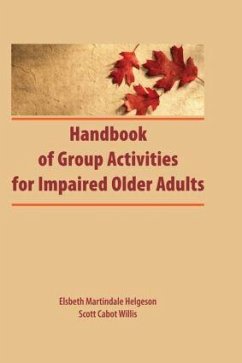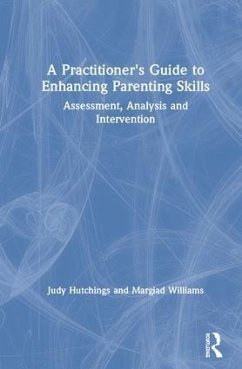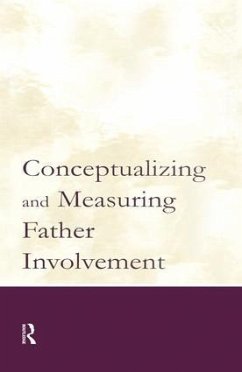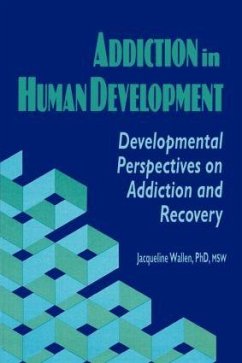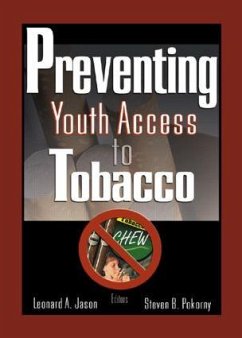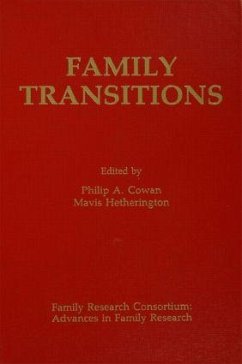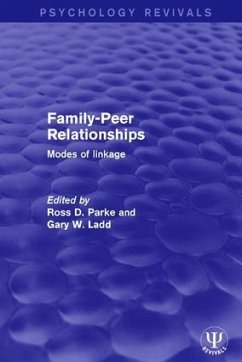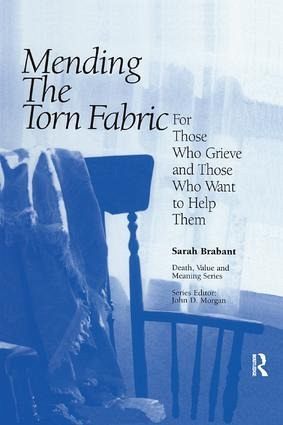
Mending the Torn Fabric
For Those Who Grieve and Those Who Want to Help Them
Versandkostenfrei!
Versandfertig in 1-2 Wochen
73,99 €
inkl. MwSt.
Weitere Ausgaben:

PAYBACK Punkte
37 °P sammeln!
The analogy of the torn fabric was first used by the author in response to a bereaved mother's cry: "I know what grief feels like; I don't know what it looks like." In "Mending the Torn Fabric: For Those Who Grieve and Those Who Want to Help Them", the author expands the metaphor to include earlier and future or potential losses as well as losses associated with the death that may be unrecognized or minimized. This book includes chapters that examine complications that may be present or may arise, suggestions for mending even the most torn fabric, and a chapter dedicated to friends who want to...
The analogy of the torn fabric was first used by the author in response to a bereaved mother's cry: "I know what grief feels like; I don't know what it looks like." In "Mending the Torn Fabric: For Those Who Grieve and Those Who Want to Help Them", the author expands the metaphor to include earlier and future or potential losses as well as losses associated with the death that may be unrecognized or minimized. This book includes chapters that examine complications that may be present or may arise, suggestions for mending even the most torn fabric, and a chapter dedicated to friends who want to help. Stories bereaved persons have shared with the author through the years are interspersed throughout the book to provide examples of loss and mending.





